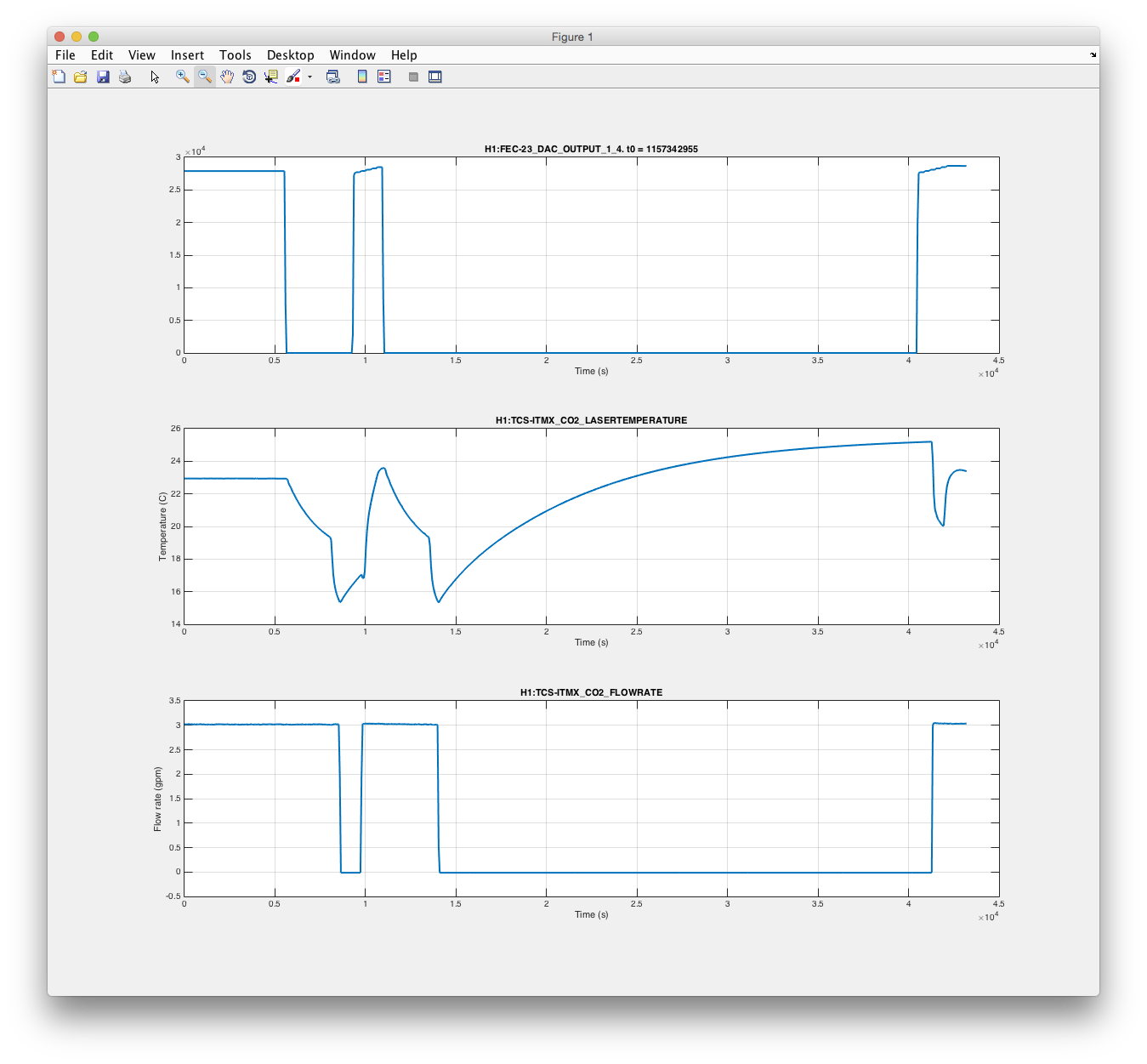Fil Keita Daniel
At 50 W input power we are now saturating the amplifier stage, since there is too much whitening upfront and the compensation is after the gain. We moved the 20 Hz/380 Hz compensation to the transimpedance board to give us more headroom. Continuing from alog 29527 and alog 29293 we changed:
- C26 was changed to a 33nF in series to 10K on the transimpedance board (4x channels on 2x boards). This gives a pole at 21 Hz and a zero at 483 Hz. This also eliminated one of the 15.4 kHz poles.
- R49 was removed from the servo board to disable the second compensation stage and make it unity gain.
Some changes were made to the front-end model to change the polarity of the 0.1 Hz switches and to add filter modules to the PD readbacks. This allows adding anti-whitening filters. Since the AC readbacks now have a DC gain of 1, we don't need the dedicated DC readouts anymore.
Attached is the transfer function of one of the transimpedance PD chains.
Gain reallocation once again:
- R51 on the servo board was changed to 2K (from 6.04K). This reduces the gain in front of the VGA by 3.
- C34 was changed to 0.15uF (from 4.7uF) and R50 was changed to 53.6K (from 1.78K). This adds a gain of 30 after the VGA, while preserving the 20 Hz pole.
This should allow us to increase the gain by up to 30 dB and reach an ugf of maybe 10 kHz.















